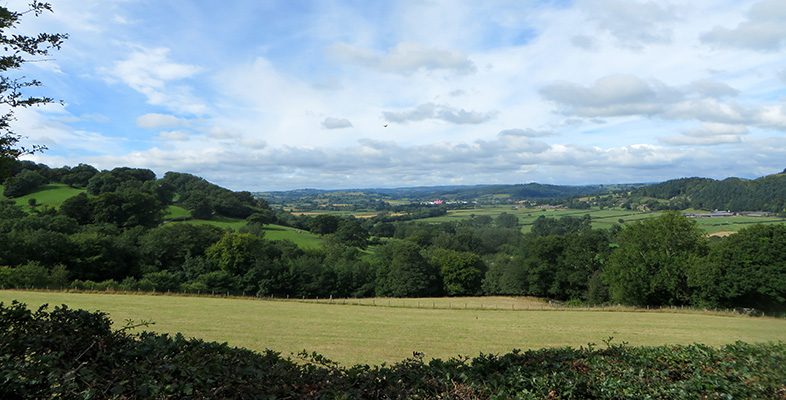4.5.1 Completing SWOT analysis
Task 28: SWOT analysis
Conduct a SWOT analysis for your new business. You could use the SWOT template [Tip: hold Ctrl and click a link to open it in a new tab. (Hide tip)] but don’t feel constrained by it.
Try to rank your statements in each quadrant. Which are the most important? Avoid saying ‘they all are’. Really understand them and work out which ones are the most important – which ones put you ahead of competitors.
Discussion
Euan’s SWOT analysis looked like this…
Case study: Euan
Strengths
- His family owns the farm, so no mortgage or rental costs for the premises, therefore starting from a stable financial position
- The family already has a steady income from cattle
- Strong and supportive networks socially
- Access to good quality raw ingredients (water/barley).
Weaknesses
- Other microbreweries are spread across the country (not necessarily a weakness after set up as it means the brewery will be unique, but limits mentoring possibilities)
- Highly skilled staff (mostly family) skilled in one area may need to diversify.
- Need to undergo some form of training
- Planning permission needs to be obtained to change the use of the existing property
- Lack skills in distribution
- Poor or inconsistent weather could ruin crops on the farm and from other suppliers which could increase supply costs
- The farm is busy, there may be a need to recruit staff.
Opportunities
- Increased interest from consumers in microbrewed beers
- Increase in mail order shopping online reduces disadvantages of rural existence
- Potential, if successful, to work with other artisan drinks makers including breweries and a small local distillery to develop a local trail, or even a regional ‘real ale trail’ to bring tourists to the area.
Threats
- Increasing number of microbreweries in rural locations
- Consumers (especially tourists) are fickle
- Ongoing competitive activity by larger manufacturers.
Anyone reading your SWOT analysis will be able to gather a good picture of the position of your company at a particular point in time.
If we go one step further and look at how all the statements work together, we can see that Euan has identified one of his major strengths (family owning the farm buildings) with a weakness (need to change the official use of some of the buildings). Similarly he has a family who are supportive but who may need training to work on the new income strand, in addition to their current workload. He will also be looking at the lifestyle he and his family want to live as well as the business. (Remember how we saw in the introduction that rural companies have a healthy outlook on work/life balance!) This is frequently an issue for family firms, and the business owner has to balance the economics of hiring staff against the risk of heavy dependence on the family. This is, however, a risk for any company with small numbers of staff. The business owner might consider writing down the processes followed in the business such that:
- they can be examined and improved
- it is easier for someone new to follow the processes and thus do the job.
It is vital to keep referring to the SWOT analysis when you develop your strategies and plans. When completed thoroughly it will help inform you of resource constraints (and surpluses) and help you to see issues that must be dealt with before embarking on the next part of your strategy.
Case study: Gwyneth
Gwyneth might have noted that her car was coming towards the end of its useful life (weakness). Therefore she needs to sort that out before embarking on a plan to expand by taking on delivery rounds further afield (opportunity) alongside using the bigger family estate car (which her partner uses for work on weekdays) for weekend farmers markets.
She might be concerned about a new company that is expanding into the area (threat). She knows her feedback from customers on her service and products is great (strength) so she can start to look at how to build up loyalty around that in order to protect her against the competition.
Broadly speaking look to your strengths to defend you against a threat.
Use your strengths to capitalise on the opportunities as they give you a real advantage.
Your weaknesses must be dealt with swiftly to protect you from any specific threats, as otherwise you will have a serious disadvantage.
Avoid being tempted to go for opportunities when you are exposed by weaknesses. Sort them out first.
Remember, the purpose is to seek a competitive advantage for your company that will be sustainable over time.
Bruce Henderson (founder of the Boston Consulting Group) has said. ‘Your most dangerous competitors are those that are most like you. The differences between you and your competitors are the basis for your advantage.’ In reality, most successful competitive advantages come from a mix of things. How they all work together makes the total unique and very hard for a competitor to copy.
Task 29: Revisiting strategy
Revisit your strategy you devised in Task 13 now that you have completed your SWOT. Is there anything you want to revise? Does this confirm your earlier thoughts?
